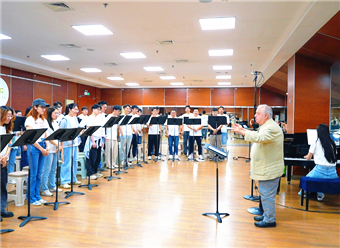Common difficulties you might meet
The purpose of this section is to clarify some common mistakes and difficulties you might meet when learning mandarin Chinese pronunciations. There are some distinct sounds in Chinese that are tricky to non-native speakers. Let`s conquer them one by one, thus there is less barrier in your pronunciation path.
Most of the difficult pinyin sounds are initials, like zh/ch/sh, z/c/s, j/q/x and r.
zh Like “j” in “jerk”, but with the tip of the tongue curled farther back
ch Like “ch” in “church”, but with the tip of the tongue curled farther back
sh Like “sh” in “ship”, but with the tip of the tongue curled farther back
z Like “ts” in “cats”
c Like “ts” in “cats”, with aspiration
s Pronounced as in English, e.g. “s” in “see”
j As “j” in jam and jump, but softer and the tongue touches the lower front teeth.
q As “chee” in “cheese”, but softer and the tongue touches the lower front teeth
x As “shee” in “sheep”, but softer and the tongue touches the lower front teeth
r As in “right” in English, but with lips unrounded, and the tip of the tongue curled farther back. Always pronounce the Chinese “r” sound with a nice smile.
There is also a final “ü” that most foreigners can`t pronounce very well.
Key:
There is a pinyin “i” sound in it, and you need to make your mouth shape as the pinyin “u”, then the “ü” sound comes out.









